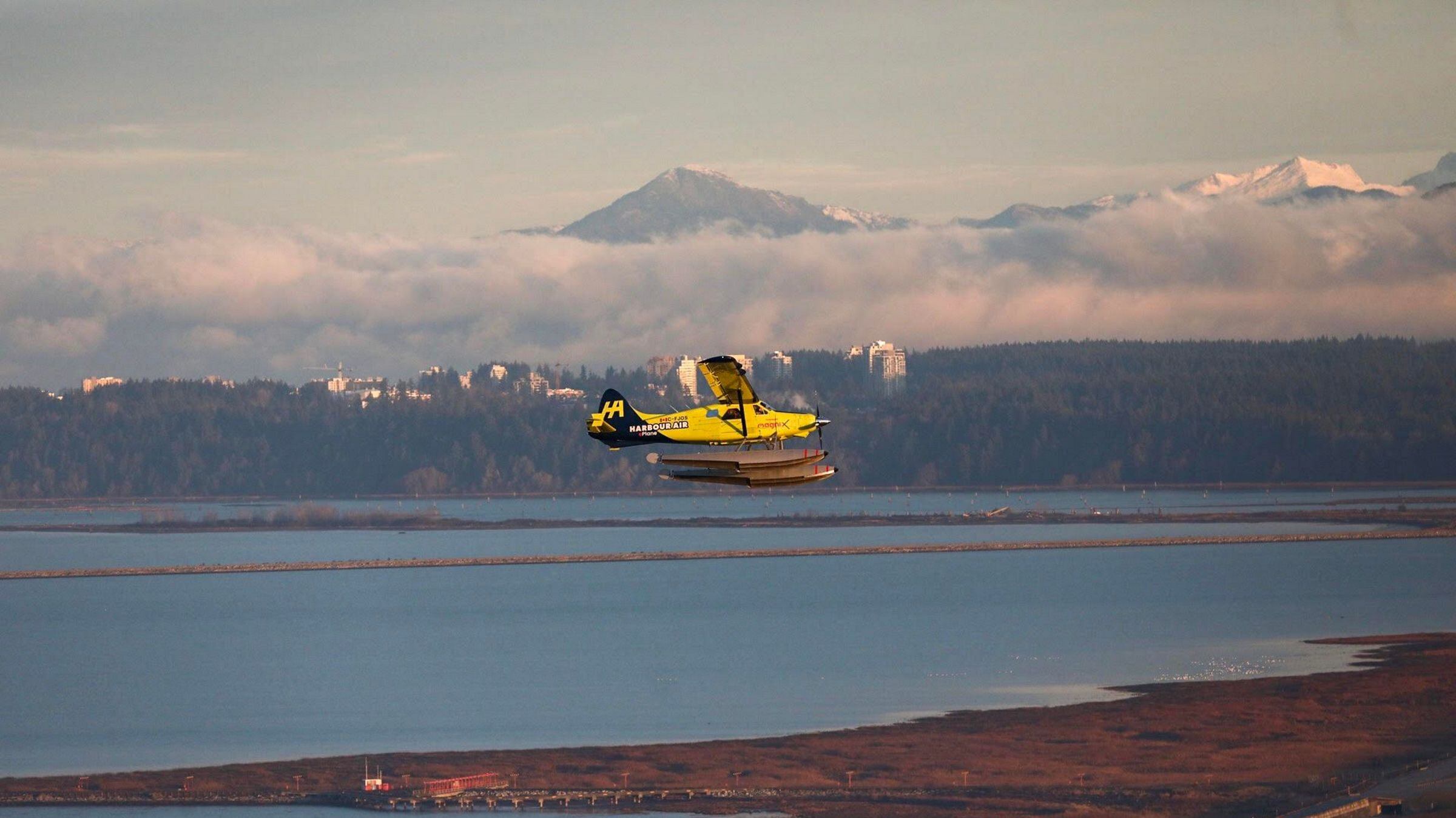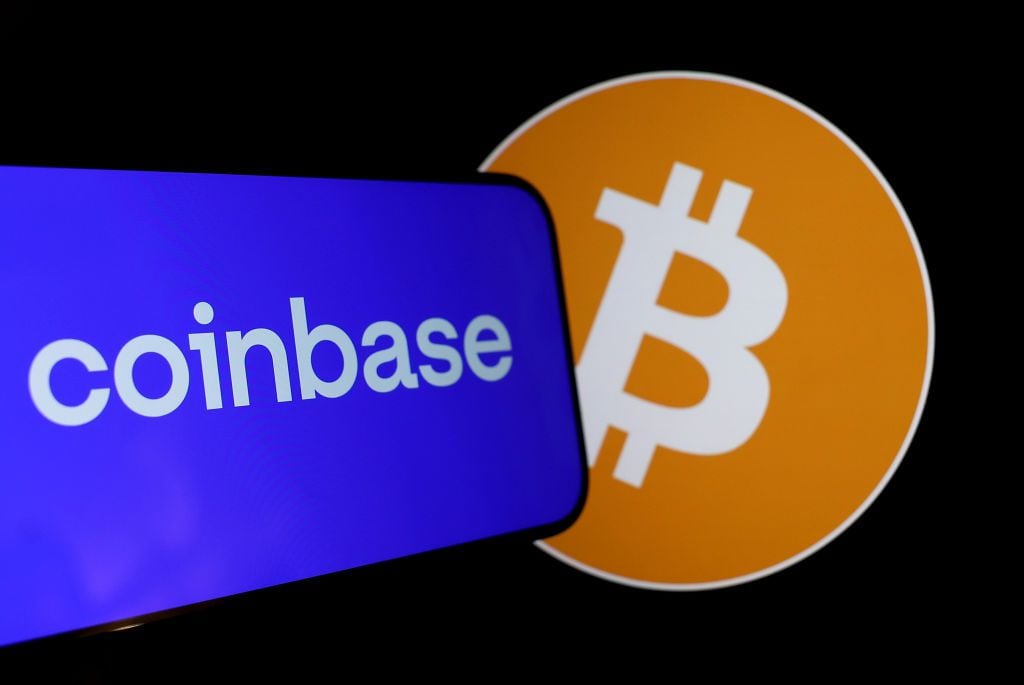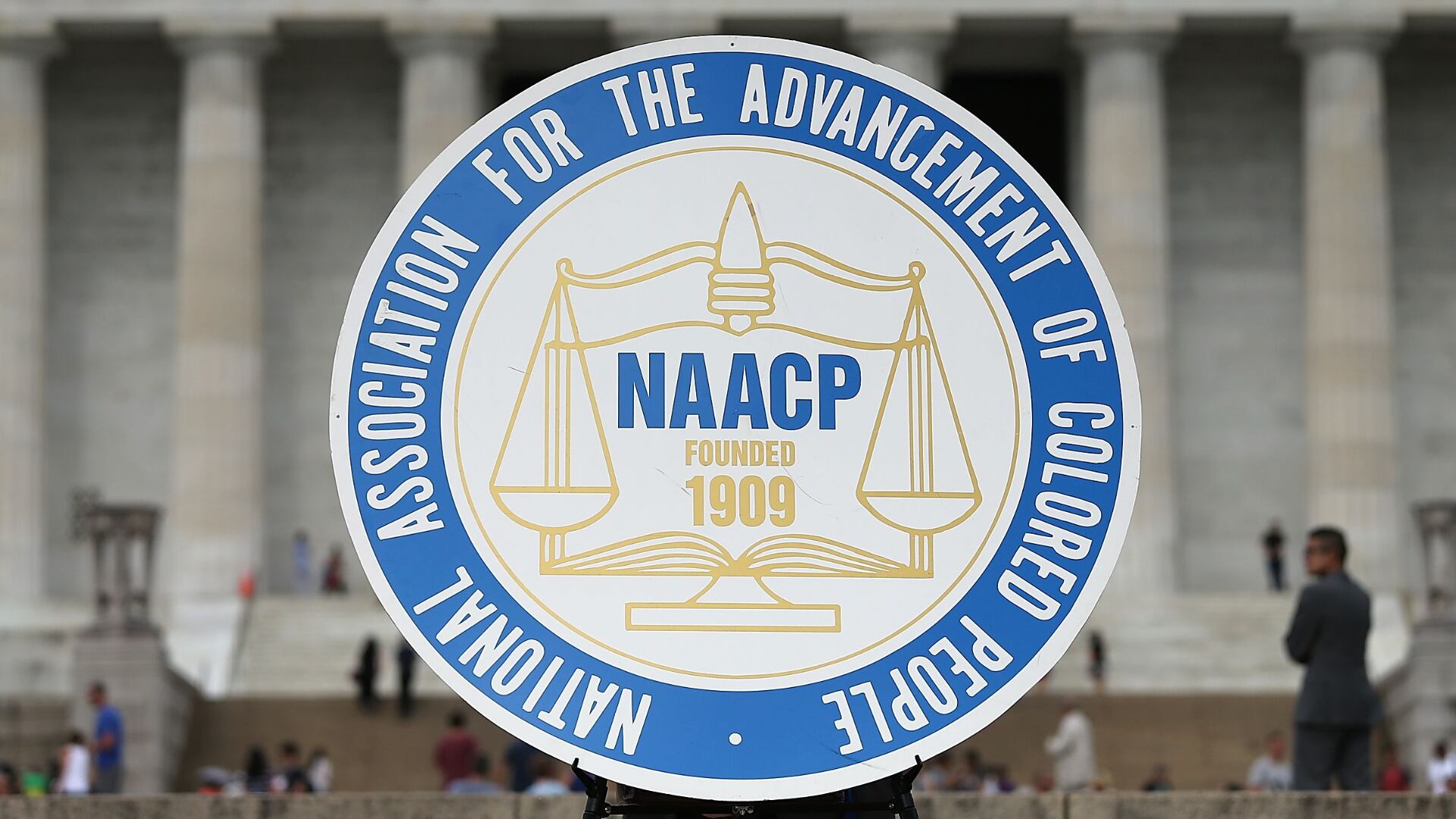The world's first commercial airplane powered entirely by batteries made its inaugural test flight outside of Vancouver on Tuesday morning.
The six-passenger DHC-2 de Havilland Beaver, a seaplane retrofitted to be all-electric, flew above the Fraser River for about seven minutes before touching down at around 8:30 a.m. local time.
The flight marked a new milestone in the international partnership between Harbour Air, a seaplane airline that shuttles some 500,000 passengers a year across the Pacific Northwest, and magniX, an Australian firm developing electric propulsion systems, with offices in Seattle and financial backing from Singapore.
Harbour Air CEO and founder Greg McDougall piloted the 750-horsepower Beaver aircraft — dubbed the magni500 — in its flight test Tuesday.
"Today, we made history," McDougall said in a statement. "I am incredibly proud of Harbour Air's leadership role in redefining safety and innovation in the aviation and seaplane industry. Canada has long held an iconic role in the history of aviation, and to be part of this incredible world-first milestone is something we can all be really proud of."
Harbour Air, which chiefly offers short-hop flights, plans to begin flying passengers aboard all-electric aircraft starting in 2021. The airline is set to convert its entire fleet to battery-powered models.

The electrified Beaver aircraft will be able to complete flights of about 30 minutes, with additional "fuel" left in reserve, magniX CEO Roei Ganzarski said in an interview with Cheddar.
"Just how we look back to 1903 and how that launched the Aviation Age with the Wright Brothers, and then 1939 and the launch of the Jet Age, I think we're going to look back and say December 2019 is when the third age, the Electric Age, of aviation started with this one flight up in Vancouver," Ganzarski said.
Industry experts cheered Tuesday's flight. While battery and electric propulsion technologies are still a long way from being able to power long-haul or even medium-range journeys, about half of all flights span less than 500 miles, offering an ideal market for electrified airplanes.
What's more, electric aircraft — like electric cars — promise to be cheaper and easier to maintain than engines powered by internal combustion. That offers the potential for considerably lower ticket prices, assuming the savings are passed on from airline boardrooms to consumers.
"Batteries are really nothing but a gasoline tank — the only difference is, a battery is heavier and holds less gasoline," said Jigar Shah, president and co-founder of Generate Capital, which invests in sustainable infrastructure. "The vast majority of fuel during a flight is used during takeoff and landing; it uses very little fuel while it's in the air. So the reason why you want to switch-out to low, short-hop air trips is because it's cheaper. And with all the climate change stuff going on and everything else, you can see a bunch of these private aircraft companies saying, 'We can offer our service for half the price if we switch to electric.'"
The test flight comes amid heightened consumer concern about the environmental impacts of flying — a development perhaps most crystallized by so-called "flight shaming," a climate-conscious trend that took flight this summer in Sweden and is believed to have contributed to a 4 percent drop in travel at Swedish airports.
Battery powered flights also have the potential to address health concerns: in the U.S., Democratic lawmakers in Washington introduced bills in June that would force airlines to stop toxic fumes from leaking out of a plane's engines into the passenger cabins, a perennial issue for the flight attendants and pilots who spend their working hours effectively sealed inside aircraft.
"This is a big deal, there's no doubt about it," said Nikhil Sachdeva, the lead for electric propulsion and project manager at the consulting firm Roland Berger. "Having said that, this is only the starting point. There's a heck of a lot to be done, and the reality is the kinds of ranges that they'll be able to complete, the flight distances that they'll be able to accomplish, they won't be very high. It's awesome to see, but it's the beginning."
There are about 170 electric aircraft being developed around the world, a 50 percent increase from 2018, according to a report this spring from Roland Berger. The majority are air taxis, with most of the rest falling in a category known as "general aviation," or small planes designed for private travel or recreation. Firms are also developing hybrid-electric models.
Harbour Air leaped ahead of the competition by retrofitting an existing aircraft. Future models of electrified aircraft, though, will likely be designed from the ground-up, akin to Tesla's approach to building vehicles exclusively for electric fuel and powertrains, experts say.
"The best thing we can do is take an existing aircraft, stick into it a new propulsion system, learn how that propulsion system works, use it, gain hundreds of thousands of hours running it, then extract that propulsion system that we've learned so much about and wrap a new skin around it." Sachdeva said. "That new aircraft will be optimized for the propulsion system, and we've almost iteratively created a significantly more efficient aircraft."
Electric vehicles like Tesla helped pave the way for electric aircraft, transforming the technology from a novelty to just another car or SUV in the supermarket parking lot.
"I attribute a lot of this in aviation today to Elon Musk and Tesla — they have created a world where people no longer look twice or think twice about the existence of an electric car," Ganzarski said.
Still, electric aircraft manufacturers, and the airlines that start buying the planes, will face passenger safety concerns that car and truck makers don't have to contend with. Batteries have also faced new scrutiny amid recent high-profile fires.
"There is an element of safety, both perceived and real, that exists in aviation that doesn't exist in any other mode of transportation. If something goes wrong with my car, I can pull over to the side of the road and get out. My boat, if something goes wrong, it'll still float. My plane, if something goes wrong, there's only one way to go, and that's down," Ganzarski said.
But, he and others emphasized, any electric plane will undergo thousands of hours of testing and layers of regulatory scrutiny before being certified for passengers. Plus, free of jet fuel, battery-powered planes won't be flying with pounds of volatile explosives in their fuel compartments.
"As a flying passenger, the only difference I'll notice is it's going to be completely clean – I won't see or feel or smell or breathe any emissions – I'll know that I won't be creating any environmental impact globally or on myself, and my ticket will be cheaper," Ganzarski said. "Other than that, I'll be sitting in the same seat, flying from one airport to another."













